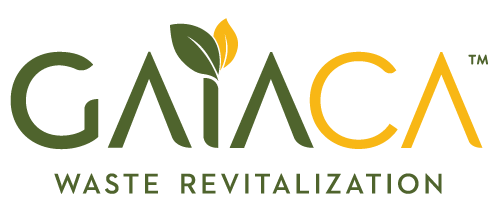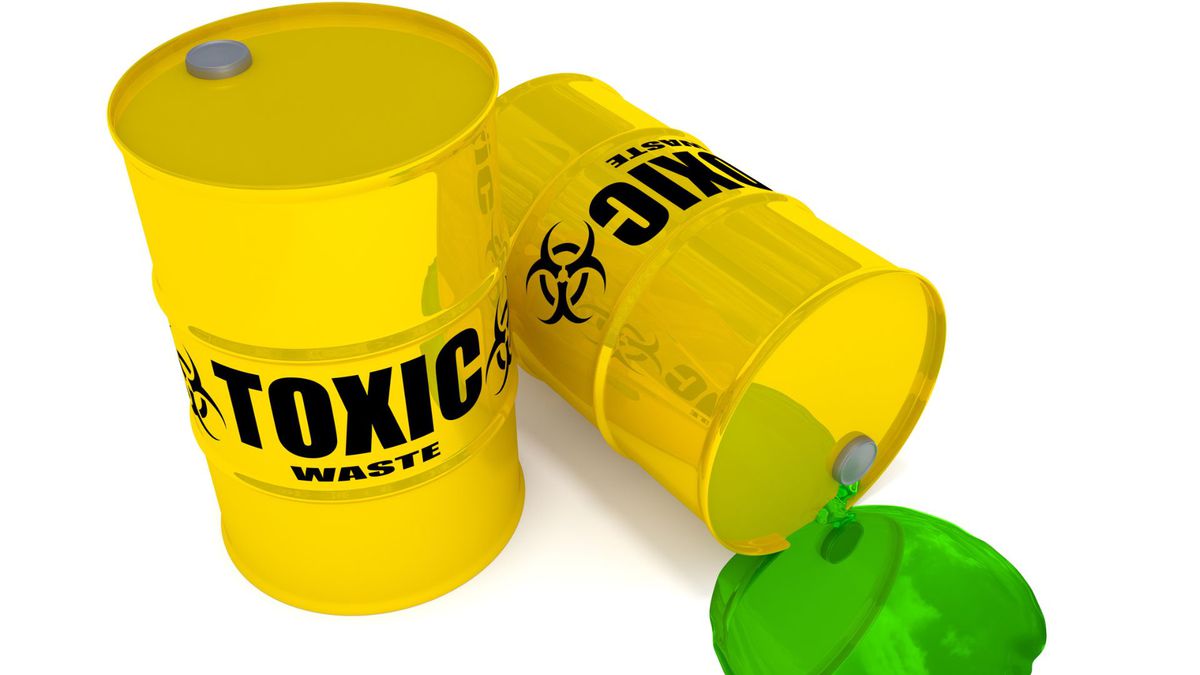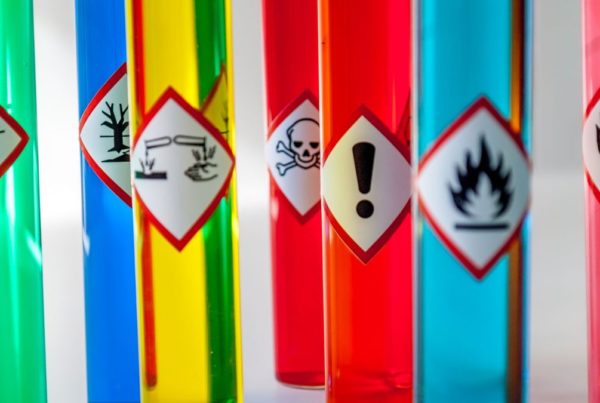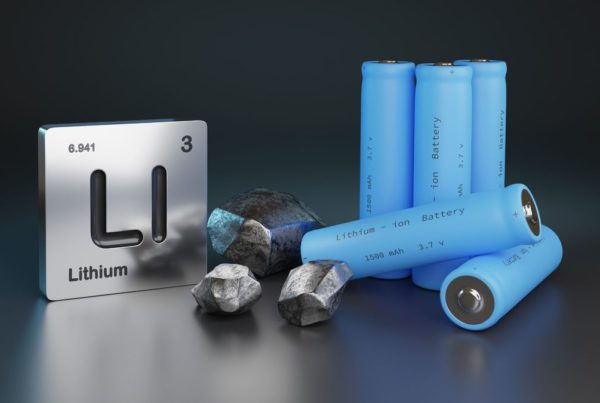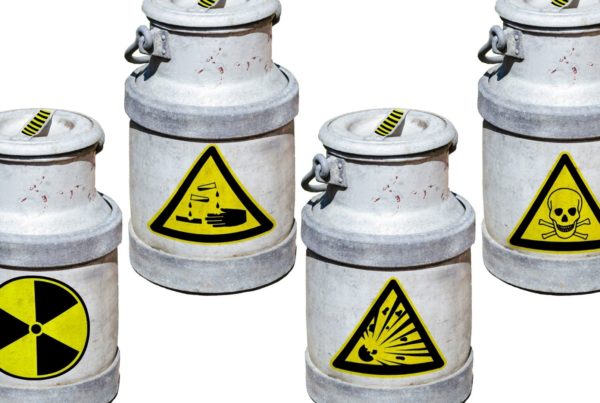Hazardous waste drums—the 55-gallon barrels that are used to store and transport hazardous wastes—come in various sizes and materials and have a range of closure types. If your business generates hazardous waste, understanding the different kinds of hazardous waste containers and what each is suitable for will help you stay in compliance with Environmental Protection Agency regulations and avoid fines for improper disposal.
When choosing storage containers, make sure that:
- The type of drum is suitable for the contents (liquid vs. solid)
- The material from which the drum is made does not react with the contents
- Each drum is adequately labeled
- The drums are transported in accordance with federal regulations
- The drums are sent to a licensed hazardous waste facility
- Drums that are no longer needed are emptied according to regulations before reuse, resale, or recycling
Types of Drums
Hazardous waste drums can be categorized by head type, closure type, and the materials from which they are made. Identifying the right kind of waste drum for each hazardous waste will help you map out a hazardous materials business plan.
Head Type
There are two main types of hazardous waste containers:
- Open-head drums
- Closed-head drums
Open-head drums have a removable, tight head that is secured with a bolt ring or lever-lock ring. They are most often used for solids and very thick liquids.
Closed-head drums have holes in the top for adding hazardous wastes with low viscosity (i.e. liquids) instead of a removable cover. The holes are secured with tight screw-in caps.
A third type of waste container that is sometimes listed separately is the salvage drum. Salvage drums are often made in an open-head style with a lever-lock ring or bolt ring closure. These containers are used specifically for clean-up and decontamination.
Materials
For the transportation of hazardous substances, hazardous waste drums need to be strong and resistant to damage from without and within. The two most common materials used to make hazardous waste drums are steel and polyethylene.
Steel Drums
Steel drums—made from carbon steel or stainless steel—are the kinds of hazardous waste drums that are manufactured in the largest quantities. In 2009, 21 million new steel drums were manufactured in the United States, and a similar number of steel drums are reconditioned each year for reuse.
Steel drums have several advantages. They are:
- Fireproof
- Strong
- Fairly resistant to collisions
- Easy to reuse
They also have disadvantages:
- They are heavy.
- The purchase price is higher than it is for plastic drums.
- Shipping steel drums costs more than shipping plastic drums due to the weight.
- They can rust when exposed to water or corrosive liquids.
Polyethylene Drums
Polyethylene drums or “plastic drums” are produced at around half of the rate of steel drums and cost around half as much money to buy. Because they are lighter, shipping polyethylene drums also costs less than shipping steel drums. Unlike steel drums, polyethylene drums are not particularly fireproof or strong against collisions.
Due to their non-corrosive properties, polyethylene drums are especially useful for shipping corrosive liquids that would eat away at a steel drum. When generators need a drum that’s strong as well as resistant to corrosion, it’s possible to purchase steel drums that are lined with polyethylene.
Labeling Hazardous Waste Drums
Besides the selection of the hazardous waste containers themselves, the other most important consideration is knowing how to label the drums. It’s only by knowing what each drum contains that hazardous waste management companies can make sure each substance is disposed of correctly.
In the United States, hazardous waste label requirements are laid out by the Environmental Protection Agency (EPA) and the Department of Transportation (DOT). You can find the DOT requirements for hazmat labels in 49 CFR 172.400 (subpart E).
Label Shape and Size
Hazmat labels must either be diamond-shaped or square with the label angled on its point. The minimum size is 3.9 inches (100 mm) from point to point.
You can either buy pre-printed labels or print your own. Most companies set their own style guide for labels to keep them consistent throughout the company.
Label Contents
Each label must state the kind of hazardous waste in the container and the materials hazard class or division number, along with a pictogram.
In addition, it must contain the generator’s EPA number, contact phone number, and address, as well as the words:
“HAZARDOUS WASTE
Federal Law Prohibits Improper Disposal. If found, contact the nearest police or public safety authority or the U.S. Environmental Protection Agency.”
Positioning of Labels
Labels must be positioned on the side of waste drums in a place that is clearly visible. It’s recommended to separate the hazmat label by at least 6 inches from other labels.
If a waste container is reused to store or transport a different substance, previous labels should be defaced with a black marker.
What to Do with a Hazardous Waste Drum You No Longer Need
After you no longer need your hazardous waste drums, they will need to be emptied before reuse, reconditioning, or recycling. Because the containers held hazardous waste, they need to be triple-rinsed—often with solvents—to be considered “RCRA empty.”
As you might have predicted, the residue from rinsing out hazardous waste drums requires special handling to protect human health and prevent a reaction with whatever is stored there next. In many cases, leaving this job to a hazardous waste management company is the easiest solution.
Don’t Take Risks When It Comes to Hazardous Waste
Having the right hazardous waste drums, labeling them correctly, and ensuring correct storage and transportation can take time and effort, which is why many companies outsource this all-important job to a hazardous waste company.
If your business operates in a specially regulated industry, you might need to contract with waste management specialists that are experienced with or licensed for your type of special waste. For instance, in the growing legal cannabis industry, businesses will typically work with a hazardous cannabis waste management company like GAIACA that specializes in the handling of containers containing controlled substances in addition to those containing hazardous waste.
Whether you’re just starting out or getting things in order ahead of a potential EPA inspection, don’t take risks with hazardous materials or the drums in which they are stored. The future of your business could depend on it.
